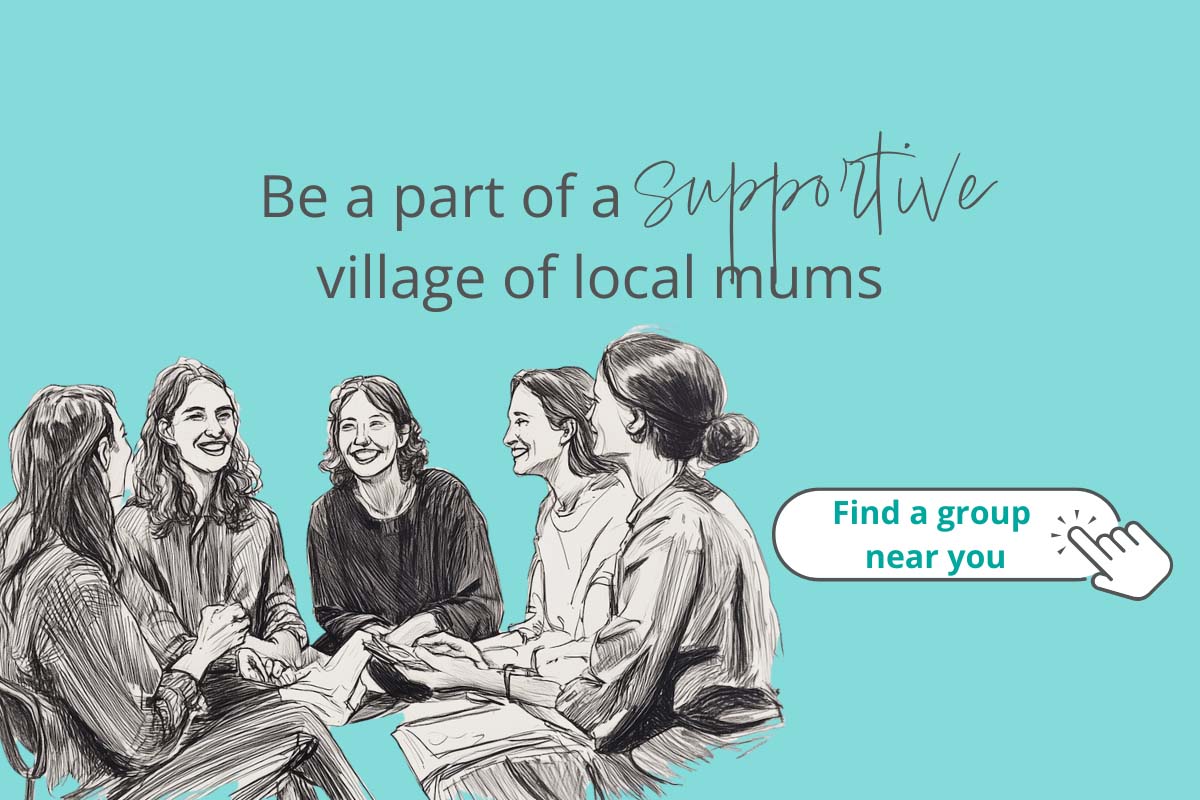Receive personalised articles from experts and wellness inspiration weekly!
Inspiring stories
The push and pull of motherhood
Parenthood’s push-pull of emotions: sleepless nights, fleeting years and unconditional love; a heady mix of joys and struggles.
Don’t feed your baby these foods
When teens are disrespectful
Why we should say sorry to our kids
Educational toys your kids will love
Educational toys your kids will love
Educational toys your kids will love
When potty training just isn’t working
Why we should say sorry to our kids
Wonder Weeks: A stress-free guide for parents
Choosing the best baby formula
CMV in pregnancy: How to reduce your risk
Trending video
The Gottman Method: 3 ways to help your marriage last
Wondering how the Gottman Method can help your marriage? Here are 3 simple ways to build lasting love and a stronger connection.
Vision boards: The ultimate tool for proactive mums to achieve their goals
Find out how vision boards can help mums stay focused, inspired and organised while turning big dreams into achievable goals.
The Gottman Method: 3 ways to help your marriage last
Wondering how the Gottman Method can help your marriage? Here are 3 simple ways to build lasting love and a stronger connection.
Why you should consider relationship counselling
Discover what relationship counselling involves, how it works, and whether it’s the right step for you and your partner.
The 5 things I learned from my divorce
Side hustles for mums: Turning spare time into cash
Whether you’re just wanting some extra cash, covering rising bills or dreaming of replacing your day job, you’ll need the right side hustle.
Why you should have a five-year-plan
12 kitchen swaps to save money and the planet
Discover 12 simple kitchen swaps that can help you reduce your environmental impact and make sustainable choices without breaking the bank.
Vision boards: The ultimate tool for proactive mums to achieve their goals
Find out how vision boards can help mums stay focused, inspired and organised while turning big dreams into achievable goals.
Trending kids’ birthday cakes for 2024
6 affordable and thoughtful Father’s Day gifts that won’t break the bank
We have 6 great Father’s Day gifts guaranteed to put a smile on Dad’s face. Even better? These gift ideas won’t cost the earth.
11 Minecraft cakes that kids will love
Meal inspiration
Receive personalised articles from experts and wellness inspiration weekly!
Mind & body
Recent posts
Don’t feed your baby these foods
Learn which foods you should never feed your baby to ensure safe eating habits and support their healthy growth and development.
Sophie Delezio: What I wish every parent would tell their children about disability
Now a mother, burns survivor Sophie Delezio is using her voice to help parents and children learn about disability and break down barriers.
Spinach & cheese pasta bake
This pasta bake is everything I love about cheesy stuffed shells—minus the stuffing. Quick, comforting and freezer-friendly to boot!
How to know when to take your child to the doctor
Not sure if your child’s symptoms need medical attention? Learn when to take your child to the doctor and when home care is enough.
Reading for kids: Q&A with a children’s laureate
Reading for kids made simple. In this Q&A with Gabrielle Wang, discover what makes a good children’s book and how to inspire young readers.
Camping food recipes for your next family escape
Panning a camping holiday with the kids? Here are some easy and tasty camping food recipes the whole family will enjoy.







